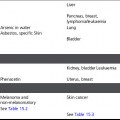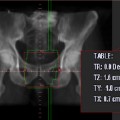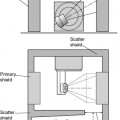Chapter 18 Principles of management of patients with cancer
Introduction
This whole process involves relaying information that can severely alter a patient’s view of their future and is challenging for the giver of the information as well as the patient. A useful guide in this process is the ten-step approach to giving bad news (Table 18.1). This model advocates good preparation, finding out what patients want to know, allowing denial and listening to concerns. It also recognizes the importance of encouraging the ventilation of feelings and the important role played by relatives.
Table 18.1 10 steps to breaking bad news







